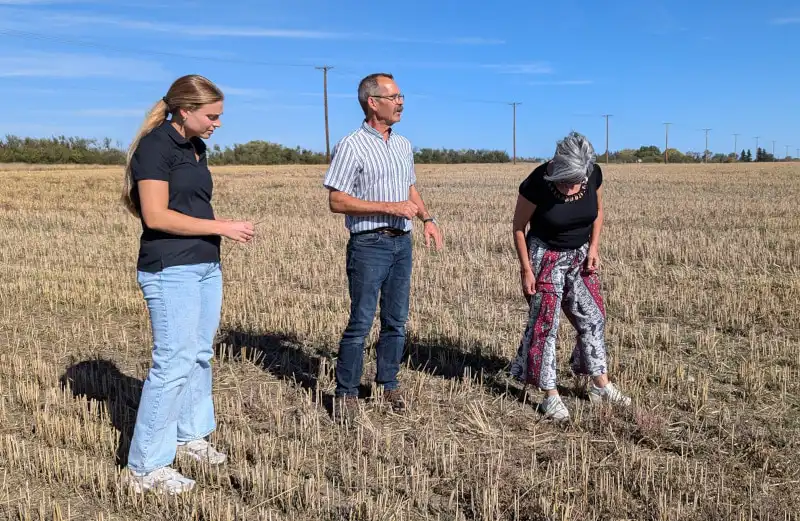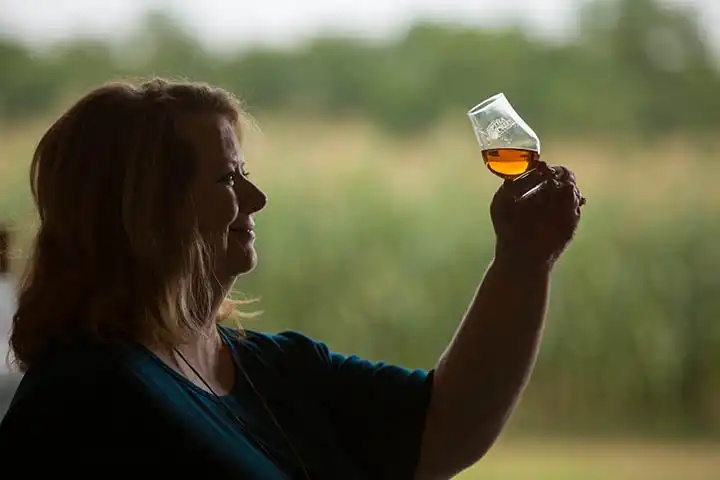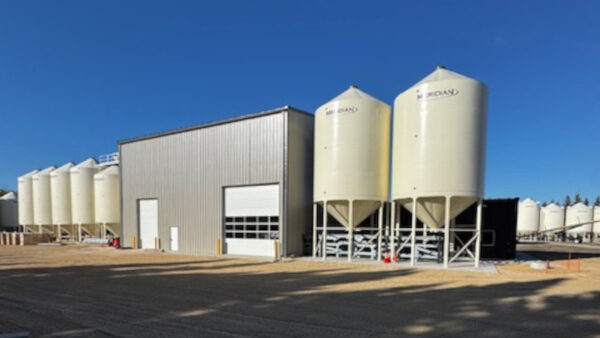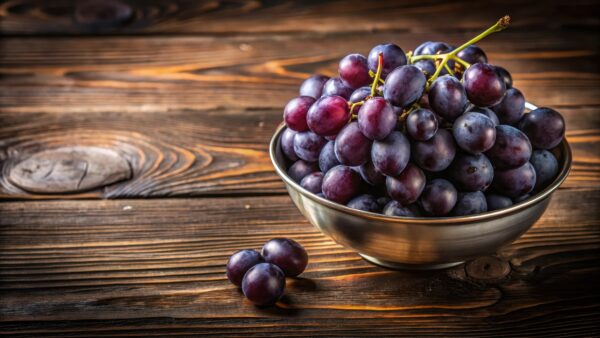Canadian and U.S. distillers are rivals, right? Don’t tell that to members of the Estate Whiskey Alliance.
Ask any whisky fan about Canadian versus American products, and most will tell you there’s a bitter rivalry between the two.
The Estate Whiskey Alliance (EWA) is redefining the future of the beverage, in part by highlighting the importance of cross-border cooperation. Established at the University of Kentucky in 2023, the alliance leverages more than 150 years of history in supporting the spirits industry around the globe through research, talent development and innovation.
“This all started because several of our partners brought to our attention that there’s a category — estate whiskey — that’s largely undefined,” says Landon Borders, executive director of Innovation Connect at UK Innovate and director of the EWA.
“It’s become fairly unique for a whiskey product to be sourced and completely produced on estate-owned or controlled lands. Given our history, resources and expertise, it made sense for us to support this as an unbiased third party.”
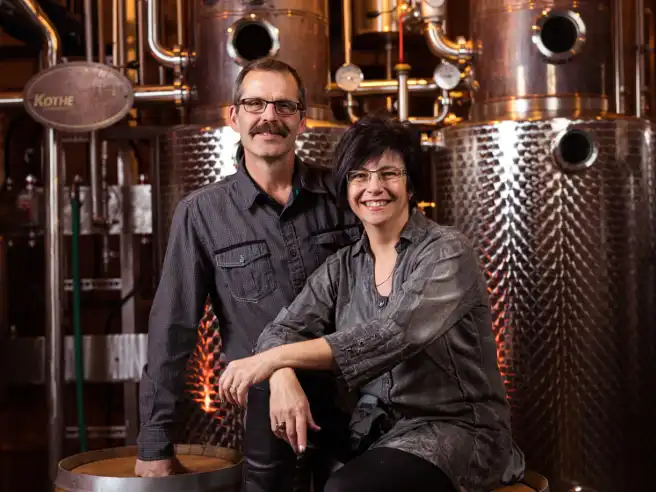
A Global Vision
While the EWA has Kentucky roots, its reach is intentionally broad.
“We’ve filed trademarks in the U.S., Canada, the EU, the U.K. and Japan,” Borders says. “This isn’t just about bourbon. It’s about creating a standard that can unite whisky producers globally, whether they’re making bourbon, Tennessee whiskey, Canadian whisky, Scotch or Japanese whisky.”
EWA Operations Manager Alexa Narel says her goal is for two friends to walk into a liquor store, see the Estate Whiskey Certified (EWC) mark on a bottle, and say, ‘Let’s get this one — it’s local, it’s crafted, and it’s high quality.’ She says that’s the kind of consumer awareness they want to build.
Saskatchewan’s Black Fox Farm & Distillery is a member of the EWA. According to owners John Cote and Barb Stefanyshyn-Cote, while the headlines often fuel division in the whisky realm, the reality on the ground is quite different. The whisky industry, like agriculture itself, thrives on collaboration.
For weeks, the whisky world has been buzzing about an apparent rivalry between Canada and the United States, with debates over which country produces the superior spirit. Some have even suggested banning American whiskey from Canadian shelves.
“The truth is, we have a great relationship with distillers down south, and they have a great relationship with us,” John says. “Trade is essential to our industry. If we closed our borders, a lot of people in agriculture would suffer. It just doesn’t make sense.”
One way this collaboration plays out is in the grains that fuel whisky production. It’s no secret that American corn is used in many Canadian whiskies. But Black Fox Farm & Distillery, located in Saskatoon, has taken a different approach — turning to a grain that is deeply rooted in Canadian agricultural history: triticale.
“We asked ourselves, ‘If we can grow some of the best grains in the world here, what’s stopping us from making some of the best whisky?’” Barb adds. “We wanted something uniquely Canadian, something that wasn’t dependent on American imports. That’s how we landed on triticale.”
Triticale, a hybrid of wheat and rye, has a strong connection to Canadian plant breeding. Initially developed in Europe, much of its refinement took place on the Prairies. It was specifically bred to thrive in Canada’s climate and fit into local crop rotations. But what surprised John and Barb most? It makes an exceptional whisky.
John says being a part of the EWA allows his distillery to distinguish itself on both sides of the border, something that only serves to enhance its business.
At agricultural trade shows, researchers are showcasing its versatility — not just for distilling, but for baking and brewing as well. As awareness builds, this once-overlooked grain could see a resurgence.
“The best part is we’re just getting started. As more people try triticale whisky, they realize it’s something special,” Barb says. “And that’s how real innovation happens — not by following the crowd, but by taking a chance on something new.”
From Vision to Action
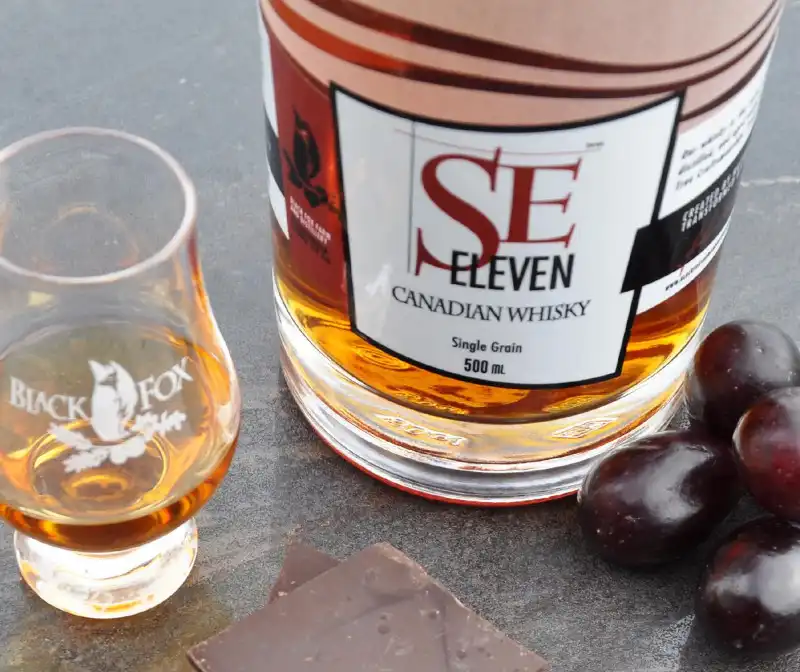
The EWA quickly garnered interest from distilleries, farmers and industry organizations eager to elevate the estate whiskey category.
“We realized we’d be remiss if this was just a certification program,” Borders says. “There was an opportunity to engage and collaborate with farming and distillery partners in an alliance approach.”
According Narel, the organization has already established two key membership categories: business and academic.
“We’ve kept it simple,” she explains. “Business members include distilleries and farmers with a vested interest, while academic members are there to support the research and innovation side of things. Certification, though, is only open to distilleries.”
One of the most intriguing aspects of the alliance is its vision for consumer engagement. Borders likens the experience to Napa Valley’s wine tourism.
“It’s fascinating to visit estates and see the grains where they’re grown,” he says. “That connection — being able to witness the process firsthand — adds depth to the storytelling and enhances the flavour and tourism experience for consumers.”
Narel elaborates on this idea, saying, “you already see brands using phrases like ‘grain to glass’ ‘seed to sip’ or ‘crop to connoisseur.’ What we’re doing takes it further by backing it with research and a defined certification mark. It adds credibility and helps consumers understand why these products are special.”
The certification process is rigorous yet consumer friendly.
“All production processes — from milling to fermentation, distillation, aging, and bottling — must occur on the estate,” Borders says. “Additionally, at least two-thirds of the mash bill grains must be grown on estate-owned or controlled land. To provide even more transparency, certified products can include a number on the label indicating the exact percentage of estate-grown grains.”
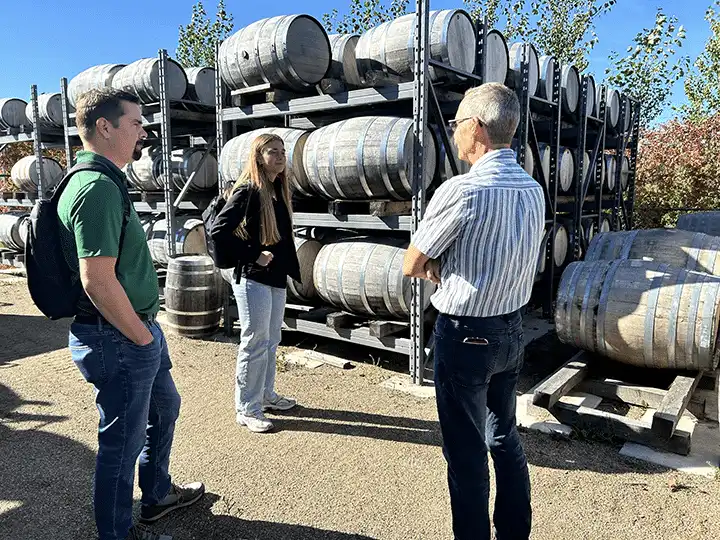
From Terroir to Sustainability
Research is a cornerstone of the alliance’s mission, and its members are driving the agenda, specifically with regard to a product’s terroir (the idea that a region’s climate, soil, and landscape impact the flavour of whisky).
“Our top priority is understanding the impact of terroir on flavour, specifically focusing on the grain before it’s received at the distillery,” Narel says. “That includes microclimates, soil management, pesticide topography, etc. We’re also looking at sustainability from a regional perspective by researching the challenges of implementing circularity throughout estate operations like wastewater recovery and stillage reuse on a farm.”
What sets an estate whisky distillery apart is its commitment to controlling the entire process, John says. To be a certified estate whisky, 67% of the grain must be grown under the control of the distillery. The percentage added to the label will tell the consumer how much is actually controlled by the distillery, with the minimum being two-thirds.
In Black Fox Farm & Distillery’s case, the grain of choice is a special one — triticale.
“We are the farmers,” John emphasizes. “We plant the seeds, harvest the grain, and distill the whiskey. That’s rare in this industry.”
But there’s a challenge. Triticale isn’t widely available as a grain for processing — it’s mainly grown for seed. “You can’t really just go and order a truckload of triticale,” John says. “That’s why we grow our own. It’s the only way to ensure we have a consistent supply of high-quality grain.”
Black Fox Farm & Distillery is now experimenting with different triticale varieties, working with plant breeders to identify the best options for whisky production. The goal? To continue refining a uniquely Canadian whisky that stands out on the global stage and emphasizing the importance of pedigreed seed at the same time.
Black Fox Farm & Distillery is constantly testing new crop varieties to improve yield, quality and adaptability. For John and Barb, the challenge isn’t just about selecting the right variety but also ensuring a steady supply of certified seed.
“As farmers, our mantra is that science trumps a lot of things. If new varieties are being developed and they meet our flavour and quality requirements, those are probably the varieties we’ll switch to in the future,” John says.


